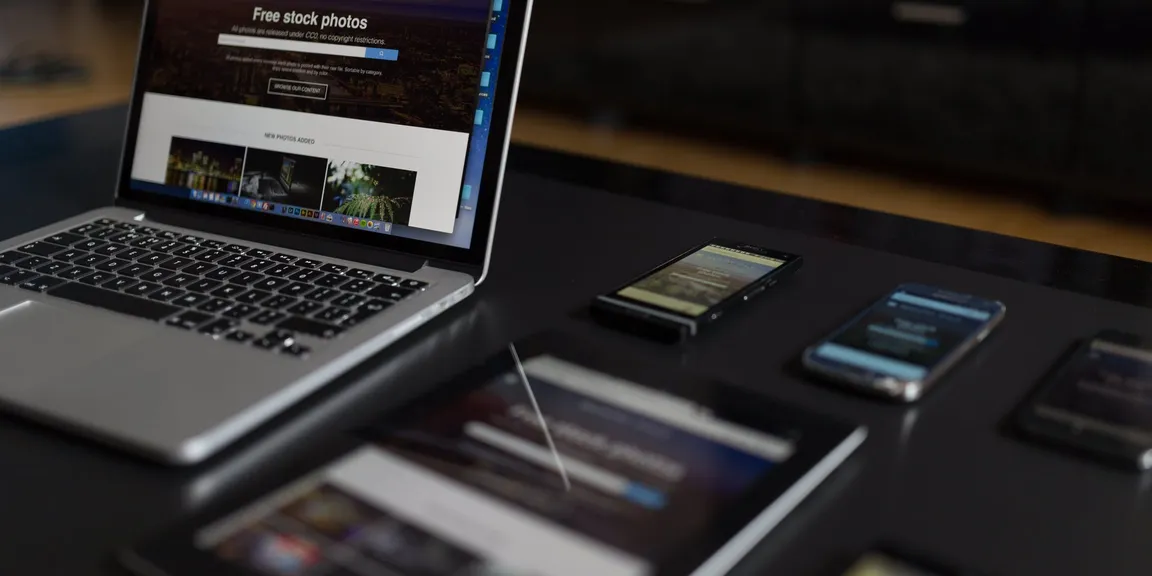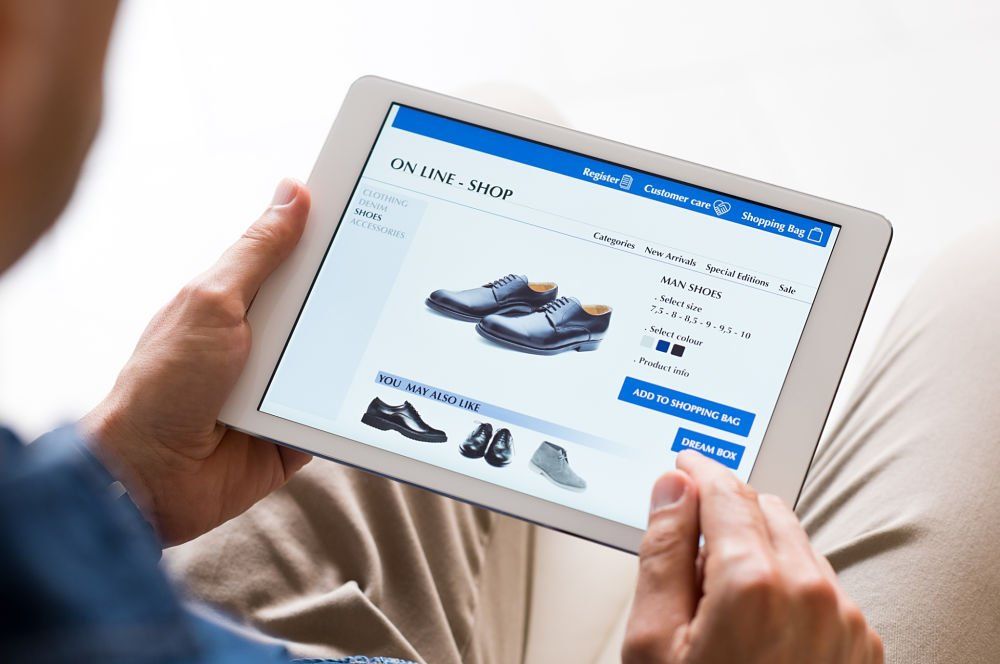

Keys To Proper Self-evaluation Of Your Design Projects
Working as a freelancer can have several benefits. But just as it has advantages, it also has disadvantages. A fraction of these inconveniences are related to working in a team and the most obvious disadvantage in this aspect would be not being able to generate ideas with groups of people who have different experiences and perspectives. But this also implies that you don't get comments or criticisms for your ideas, sketches, and advances. Therefore, you must be your own critic.
With some practice, it is possible to develop this skill and give a fair self-assessment to your own design projects. Of course, you may have some inconvenience at the beginning since you are not used to it, but it is possible. In this article, we mention some tips for a good self-evaluation of your own design projects.
Analyze if the design aligns with the client's objectives
It is often said that design is about finding solutions to the problems presented by the client. And to a large extent, this is a true statement. The client applies and requires a design. It is up to the designers to ask the right questions, discover the client's objectives and apply the concepts learned and necessary in a design.
To start evaluating your design, you must ask the client questions in order to the objectives described. Review the brief that you have written for this client again and analyse how the client's objectives are achieved through the design you have devised. If the message is clear and the design is directly related to the client's objective, then you are on the right track and maybe you just need to perform a basic review. But the concept you have worked on seems to be correct.
Stand out from the project momentarily
One of the great challenges when evaluating and criticising your designs is that you are always quite involved in the process, from the beginning to the end. If it is a large project, you will likely spend weeks working on it. In these types of situations, evaluating your design can be a difficult task.
For these cases, it is better to distance yourself from the project so that you can observe it with “new eyes” when you look at it again. It could be that you take a weekend without even thinking about the project. Then, you can resume to it first thing in the new week or even in the afternoon if your work schedule allows it. Once you see the design after several days, you will begin to detect some errors. If you can put yourself in the place of users and even interact with the design as they would then you can properly analyze various aspects of your design, in particular the user experience. Analyze whether the call-to-action buttons are readable and functional, as well as other important navigation elements.
Do not forget to analyse the theoretical concepts applied in your design
Most likely, you will use theoretical design concepts every time you start a new project. On some occasions, you easily use these concepts without really thinking about them since you are already accustomed to these notions and they have become a natural part of your design process.
If that is the case, we recommend you stop for a moment to think about the different design concepts you use and how they relate to your design. This way, you will know exactly if you are using them effectively. Here are some of these concepts:
• Color
• Blanks
• Typefaces
• Balance
• Alignment
• Contrast
• Visual weights
• Hierarchy
These are just some of the notions of design that you probably already know and use in a large part of your designs. However, it is always positive to review each of them to see if you are using them effectively in your designs.
Key questions to consider
There are several elements that are part of a design and factors to consider when evaluating your design projects . In some cases, these elements are common in any design such as colour or typography. While in other projects, there are elements specific to a certain type of project such as a CTA button. However, there are some questions you can ask yourself to make the self-assessment process slightly easier.
• Does the design work according to the objectives of the client and the target audience to which it is aimed? In this case, the harmony that the design may possess is neglected because if it has not been carried out taking into account the objectives of the client, then it is unlikely that the design will succeed.
• Is the design functional and usable? In each of your design projects, you should consider the clarity of the message to be transmitted. Likewise, you must also evaluate the design and verify if it is “easy to read” and if a logical order is fulfilled. In this case, the layout of the design and the elements, the hierarchy and visual weights, among other useful design concepts, are evaluated.
• Does it look fashionable? Although the design must comply with web design standards, for example, if it is an interface, it does not necessarily imply that the latest design trends such as Material Design must be followed. Without any problem, you can apply another style and the site can look just as modern as they follow certain established standards. On the other hand, if you use a design trend, make sure that it is used for a clear purpose and not just because it is fashionable.
• What is the message to transmit? Apart from taking into account the client's objective, you should consider the message that you want to communicate with the design. The message must be clear enough to avoid confusing the user. In these cases, the texts, the alignment, the typographical hierarchy, the use of photographs and colours, as well as other elements that help to reinforce the message must be evaluated.
These questions allow you to evaluate the design at different levels, not to mention that you can analyze the use of a series of theoretical elements and concepts related to a excellent design.
In conclusion
Learning to detect errors and evaluate your designs is a skill that you must learn when working as a freelancer. Analysing any type of design to determine if it is good and fulfils its objective is essential for any designer. If you are used to this practice for projects, we are sure that you can apply this same logic in your projects, whether they are clients orders or personal projects.





